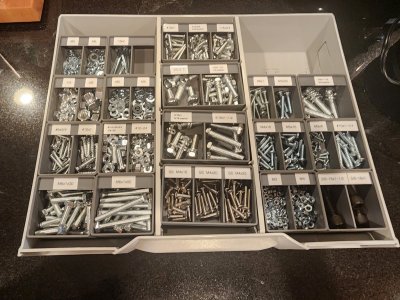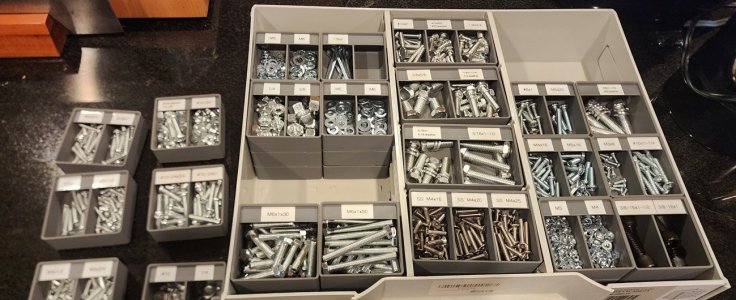GoingMyWay
Member
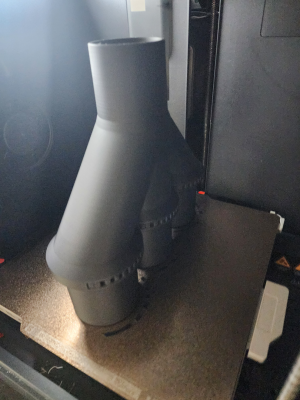

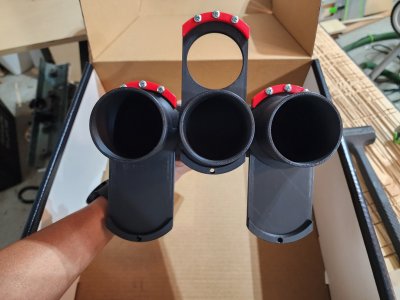
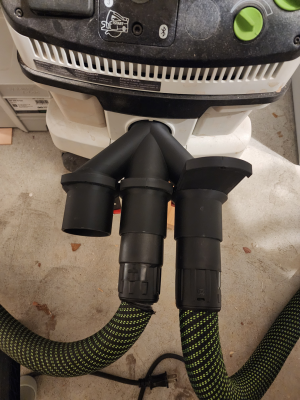
Well, I needed sliding doors for a build. Nothing seemed suitable. All heck, I'm printing finger pulls anyways, might as well print the rails too.
View attachment 376952
This discussion certainly struck a chord with me...for those newbies out there, there was a time when 3D printing was considered cutting edge technology for prototyping shops. Now it's just a commodity item similar to an ink jet printer or a roll of masking tape.
For those interested, I was 1 of 6 engineers in a small company that serviced the semiconductor industry. Anyone familiar with the semiconductor industry knows their only mantra is FASTER...FASTER...and then...FASTER yet.
At the time, our model shop only had 2 Bridgeport mills which needed 2 full-time operators and it needed to service all 6 engineers on an equal basis. To make a very, very long story short, we needed to somehow support all 6 of the engineer's needs with only 2 Bridgeport mills. My solution was to write up a budget exception for the model shop that would allow them to purchase a 3D printer and which would lighten the load on the Bridgeport mills. The usual stuff produced by the model shop were all prototypes and they were mainly centered around feasibility studies and not necessarily working prototypes, but there were exceptions.
The interesting thing to note is that I wrote the budget exception in 1998 for a 3D printer that cost $110,000 that only produced cheesy plastic parts. The budget exception was approved because once the 3D printer was locked & loaded, the machinists could go back to doing their job with the Bridgeports.
How times have changed...anyone care to purchase a used 1998 3D printer for only $75,000?
